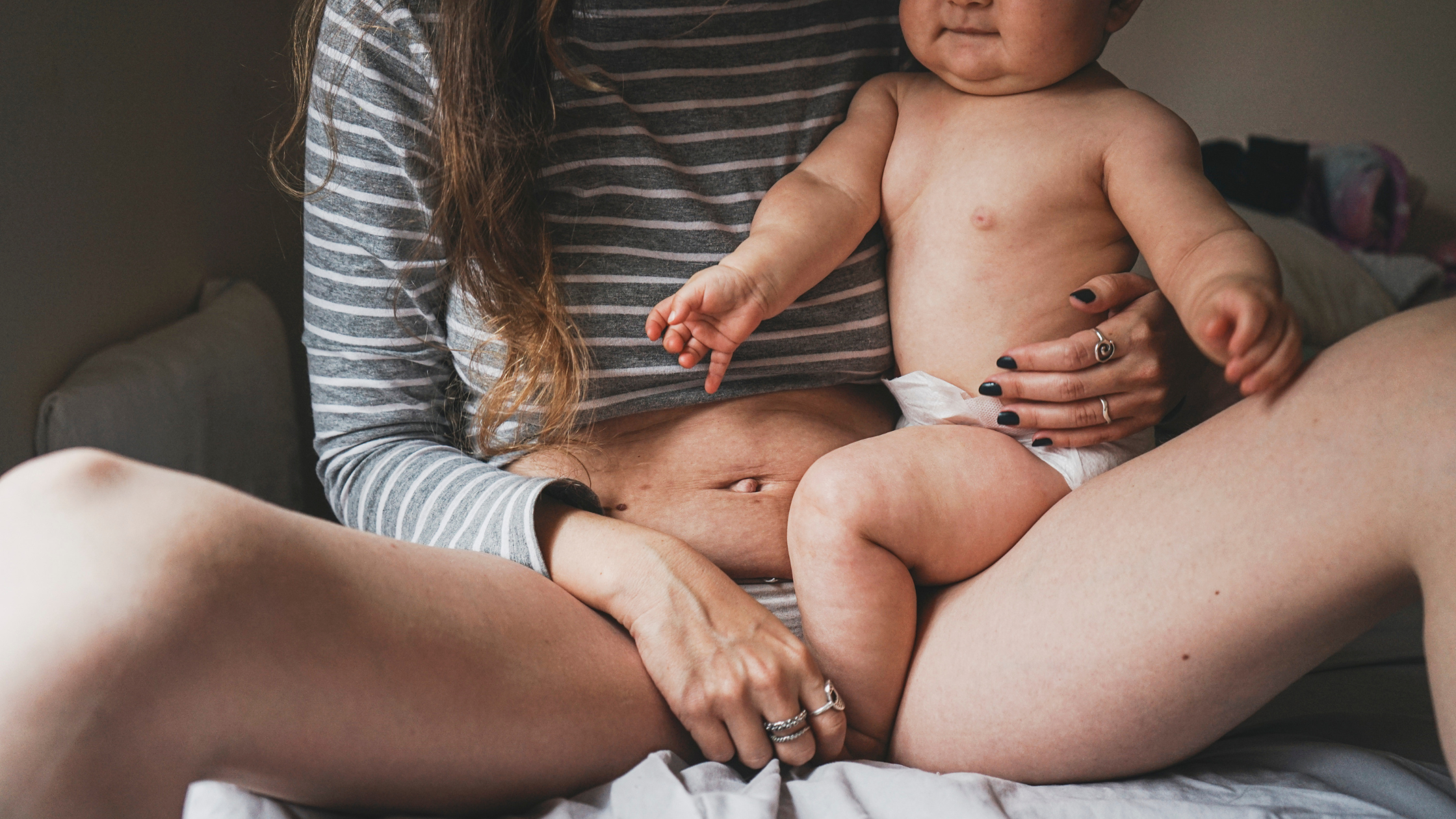“Core” Vs. “Abs”
SO, WHAT IS THE DIFFERENCE BETWEEN USING MY “CORE” AND USING MY “ABS”?
Sometimes you hear an instructor asking you to “engage/ use your core” other times you may hear “use your abdominals/ scoop/flex your abs”. But what are you truly being asked to do?!
To understand this better, let’s make sure we know the difference between your “core” and you “abs”.
IDENTIFYING THE “CORE” “INNER CORE UNIT” “INNER CYLINDER”
The muscles of the “core”
Call it what you will, these are the muscles we’re talking about! (click on any of the names to learn more about them!)
The primary role of the core is to stabilize & protect the spine and pelvis. These muscles are meant to turn on in anticipation of movement.
The core muscles are most effectively activated by breathing, using light weight and proprioceptive challenges (like balance challenges: moving a weight from hand to hand or exercising on a BOSU) and imagery. This is why you regularly hear breathing cues to set you up for an exercise and throughout the movement sequence of an exercise. You are being asked to support and protect your spine in movement.
The core muscles are fatigue resistant, endurance muscles. This means that they are meant to work intuitively and continuously (contracting and releasing in relationship to each other) - they do not provide a muscular “burn” sensation like your biceps or quad muscles might. The core and other stabilizing muscles of the body often feel like brain work and take more concentration than brute force.
IDENTIFYING THE ABDOMINALS
From deepest (most inward) to most superficial (outer layer) click here to see and learn more about these muscles
Transversus abdominus - yes, it’s an abdominal muscle and part of your core!
Internal Obliques
External Obliques
Rectus abdominus - your “six pack” muscles"
The Abdominal Muscles from antranik.org
The primary role of the abdominals is to move your torso, however, they can also be used to keep the torso still against force. These muscles work together to flex (bend) your torso front and side. They work with back muscles to rotate you to the right and left (twist) and extend (back bend) your spine. They work in balance against the back muscles to support the torso against force - like when holding a plank.
The abdominal muscles do provide feedback in a warming or burning sensation. These muscles are meant to provide an explosive and powerful force for a short period of time. They are best activated with breathing - in particular exhaling and heavy load (weight or resistance). These muscles are the ones we really feel a day or two after a class.
BOTH GROUPS OF MUSCLES ARE IMPORTANT TO OUR EVERYDAY ACTIVITIES!
However, as you’ve read, each group of muscles as different requirements to get the strengthening they need! Most Pilates instructors will sprinkle in a layer of tricky, slower paced exercises for the core and stabilizers at the beginning of class or throughout class, progressing them into the bigger movements. This helps your body be better prepared for movement and makes it easier to learn the more complex choreography.
Check out this example of a great core & abdominal exercise modified for pregnancy & postpartum recovery! See it here.
So, the next time you hear “use your core” or “use your abs” you’ll know when to think and when to feel the muscles.
As always, never do anything that feels unwelcome on your body. Stop if you feel pain.
Book in for a one-on-one virtual session to set up an optimal movement practice for you!



